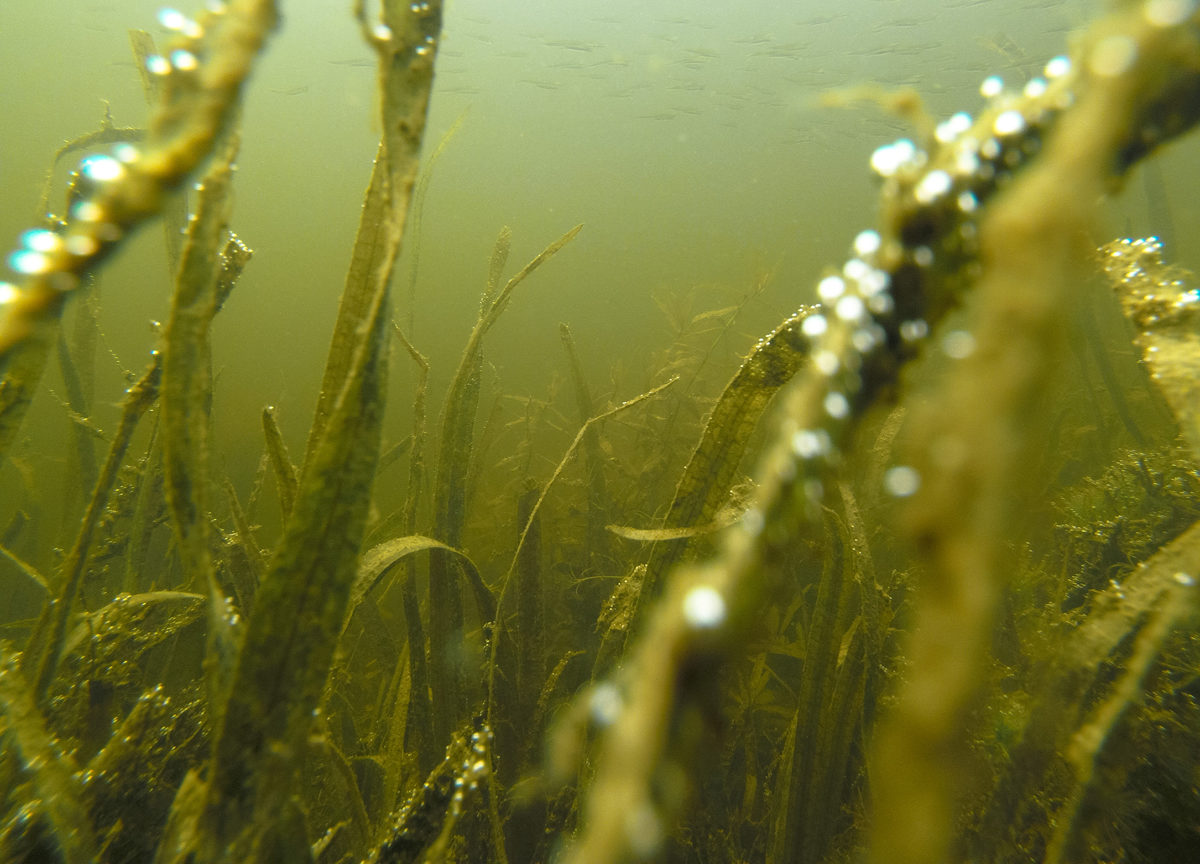Recent readings that have informed recent production and processes…
Being creative today is basically about being able to use knowledge across contexts, applying knowledge successfully to contexts for which it wasn’t meant (see: Seltzer and Bentley). According to economist Richard Florida, most inventions today are the result of creative application of existing knowledge and technology to new problems.
In order to teach creative thinking, we must learn and train to use our knowledge cross-contexutally, meaning that we have to think outside the topics and boxes that our knowledge normally is organised in.
Creativity is a harmony of opposite tensions, as encapsulated in our opening idea of lîla, or divine play. As we ride through the flux of our own creative processes, we hold onto both poles. If we let go of play, our work becomes ponderous and stiff. If we let go of the sacred, our work loses its connection to the ground on which we live.
Knowledge of the creative process cannot substitute for creativity, but it can save us from giving up on creativity when the challenges seem too intimidating and free play seems blocked. If we know that the inevitable setbacks and frustrations are phases of the natural cycle of creative processes, if we know that our obstacles can become our ornaments, we can persevere and bring our desires to fruition.
Free Play: Improvisation in Life & Art © 1989 by Stephen Nachmanovitch, All rights reserved
————-
This, and other similar photographs illustrate a general type of performance rather than being records of some specific perfomance-event. This doesn’t refer to artistic styles, but rather to our ideas about what art, as such, is. The challenge then, consists in juxtaposing the familiar notion of art, sculpture, etc. with other familiar notions that are normally regarded as irrelevant, or even antithetical to it.
——
Is invisibility only contingent on its visibility? Do we assume that ‘things not seen’ lack a palpable response to what we otherwise know and understand as existing in time and space? [A proposed] workshop will not only investigate the concept of invisibility as a tangible presence, but will explore the power behind (non)presence in what it reveals, be it through the (non)matter, (silent)voice, and (dis)engaged presence of what does not come into view or vanishes before our eyes. Notions of invisibility throughout political/social/spiritual/scientific landscapes will be explored.
[The proposed] process-based workshop will support projects in all disciplines, though emphasis will be placed on the development of aesthetic skills critical to the creation of time-based works involving image, sound, and performance. Slide/Film lectures and readings will provide a deeper context for daily, hands-on studio work as we consider theoretical and practical problems inherent to interdisciplinary forms.
—-
Much of the art of the past century, from Duchamp to Cage, has been consciously dedicated to not only challenging traditional or philosophically constructed concepts of beauty but has aggressively maintained that the project of art is to seek out phenomena and aspects of daily life “experiences and artifacts neglected or banished from our cultural processes of normalization and ideas of beauty” and revalue them through changing the frame or context in which we would otherwise experience them. While supporters of the concept of Biophilia might argue that even the most abstract art cannot dissociate itself from nature “ultimately mirroring deep aspects of natural process even if it claims to do otherwise” some of the most controversial of contemporary practitioners claim that art is a strategy for the fulfillment of another stage of human evolution. Therefore, art should not merely reflect our evolutionary inheritance; it should be a tool for our further evolving that necessitates the abandonment of traditional aesthetic preferences through the creative and conscious construction of what it means to be human. Technology “either through electromagnetic or biological engineering (Stelarc and Kacs)” inevitably becomes the arena where such experiments in extending the senses and reorganizing the human body take place.
More recently, some post-modern art workers (Dave Hickey, for example) have embraced the notion that a return to a more naïve formulation of beauty, after decades of purposeful neglect, is itself a radical innovation. Meanwhile the sciences have proposed novel ideas about the very structure of perception (theories of self-organization, emergent properties, and complexity) that provide us with a very different framework for understanding what we might mean by the assumption of an “objective” world. Such propositions not only challenge what we may mean by the concept of beauty but also the very concept of nature itself. Simultaneously, some mathematicians now propose that the essential property of successful mathematical description (as the most rigorous manifestation of human language) is precisely something that can only be regarded as a quality that comes very close to our most traditional and seemingly prosaic ideas of aesthetic beauty.
